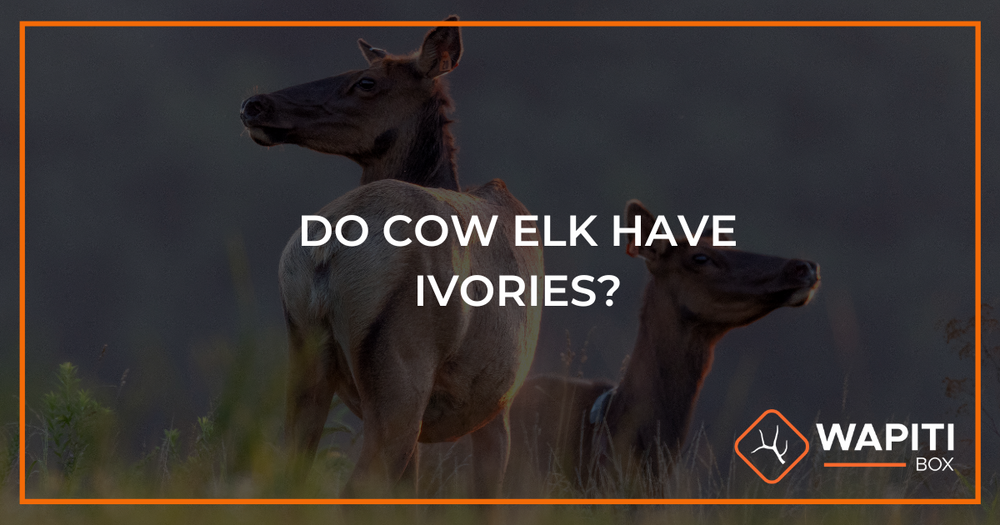Do Cow Elk Have Ivories?

Elk, one of the largest species in the deer family, are fascinating creatures that inhabit various parts of North America and Asia. They are often the subject of admiration among wildlife enthusiasts, hunters, and nature photographers.
One of the lesser-known aspects of these majestic animals is the presence of "ivories" or "buglers," specialized teeth that are unique to elk. In this article, we will dive into the mystery surrounding elk ivories, their purpose, and whether or not cow elk possess these unique teeth.
The Origins of Elk Ivories
Elk ivories, also known as "buglers" or "whistlers," are actually vestigial remnants of the elk's canine teeth. While most members of the deer family have lost their upper canines through the course of evolution, elk have retained these teeth. These specialized teeth are located on the upper jaw and are characterized by their elongated, curved, and often ivory-like appearance.
Elk ivories have been cherished by many Native American tribes as symbols of strength, and they have been used for creating jewelry and other decorative items for centuries.
The Purpose of Elk Ivories
The exact purpose of elk ivories is still not entirely understood. Some scientists believe that these teeth were once used as weapons or tools by the elk's ancestors. Over time, as the elk evolved, the teeth lost their original purpose and became vestigial structures.
Today, the ivories serve no apparent function for the elk. However, they are still an intriguing aspect of the animal's anatomy and are prized by hunters, who often collect the teeth as trophies or use them to make jewelry.
So, Do Cow Elk Have Ivories?
Now, let's address the question at hand: Do cow elk have ivories? The answer is yes! Both bull and cow elk have ivories. However, there are some differences between the ivories found in bulls and cows.
Bull elk typically have larger and more prominent ivories, which can measure between 0.5 to 1.5 inches in length. These ivories tend to be more curved and may have a more pronounced coloration. On the other hand, cow elk have smaller ivories, usually measuring between 0.25 to 1 inch in length. The ivories in cow elk are generally less curved and may have a more subdued coloration.
The presence of ivories in both bull and cow elk is an intriguing aspect of their biology. These teeth, though seemingly purposeless today, serve as a fascinating reminder of the elk's evolutionary history.

